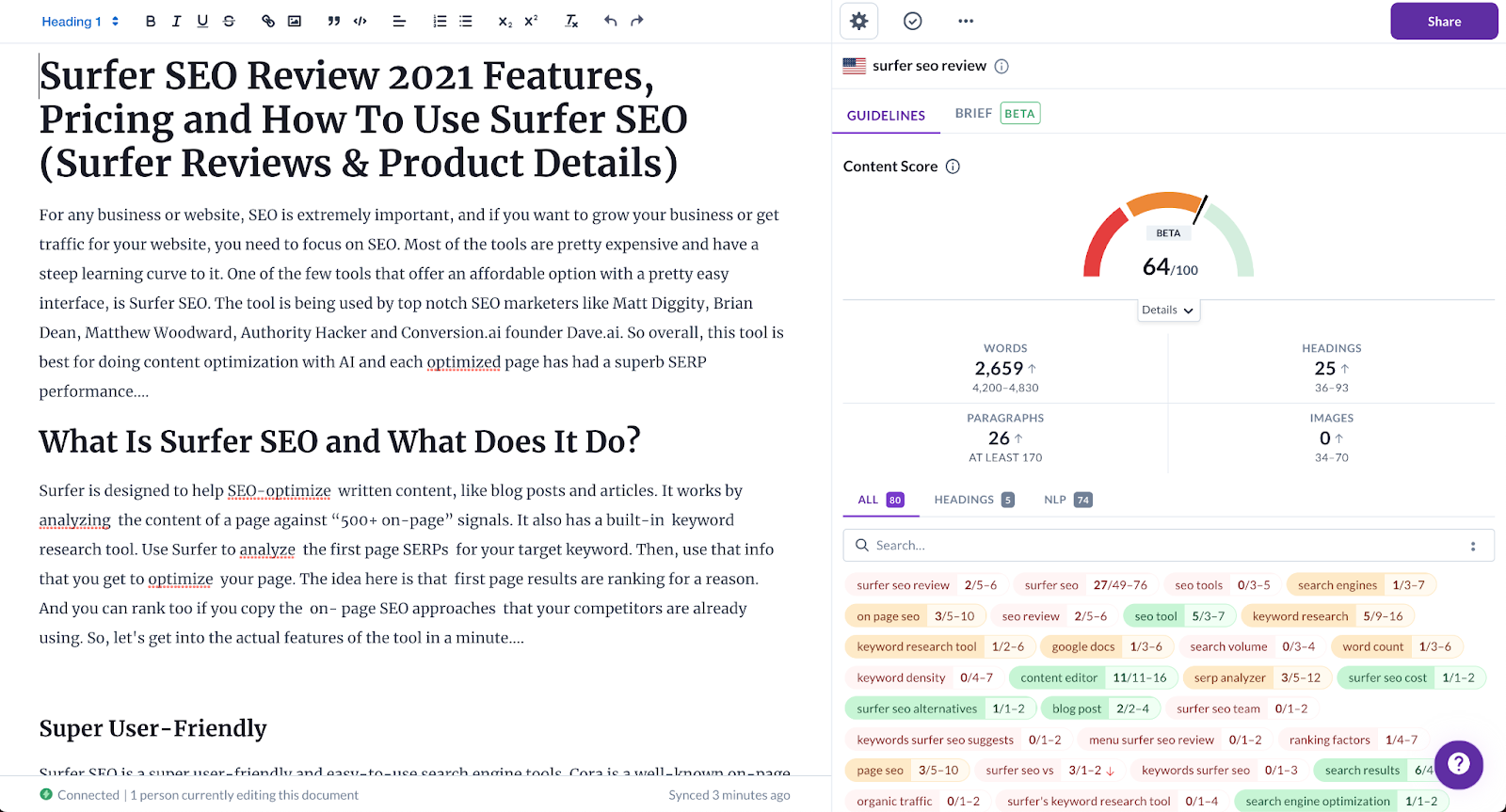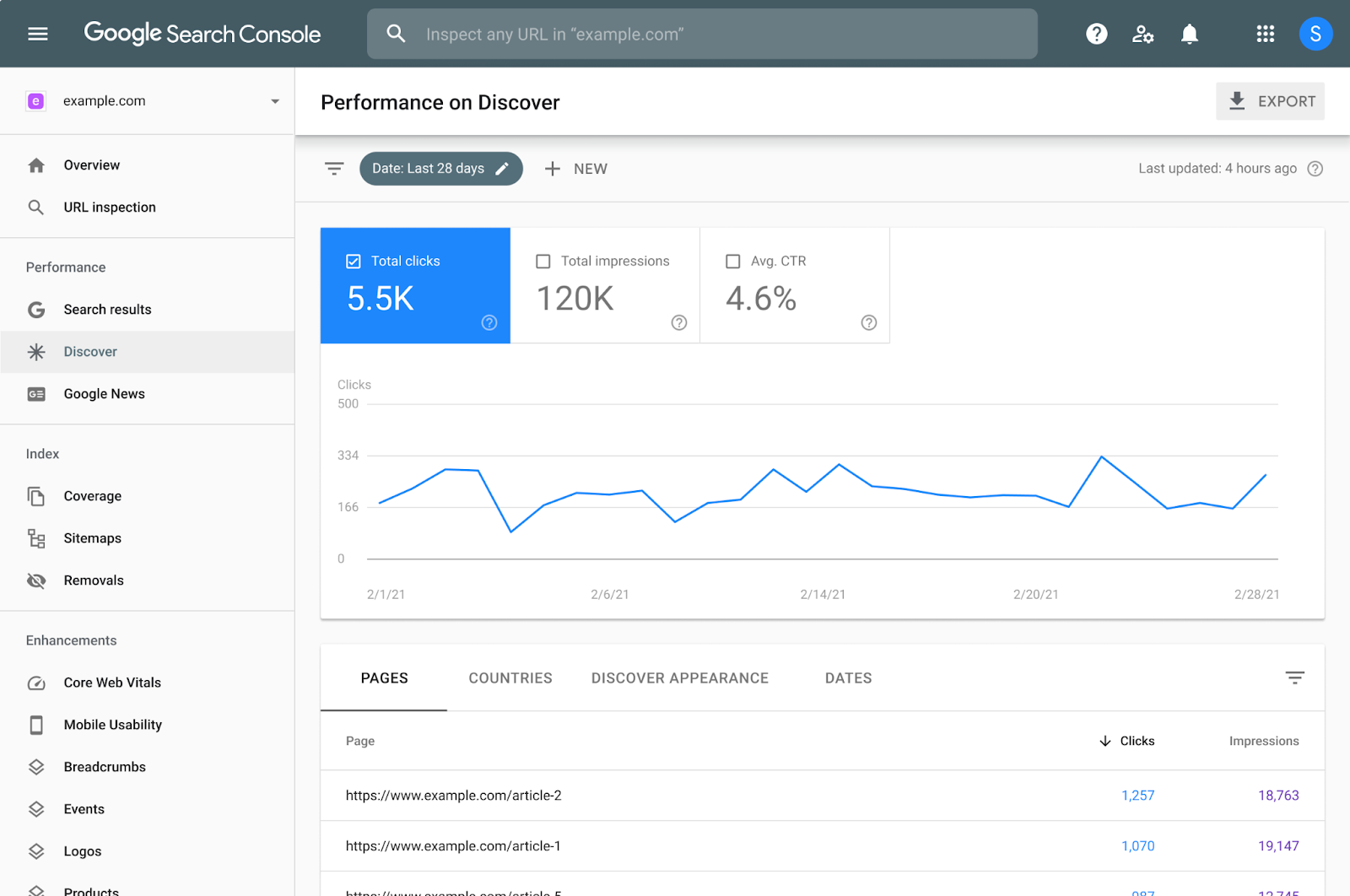
If I had 5 minutes to explain to somebody how to be successful with SEO when working in a B2B company I would tell them one thing, be the most useful website in your chosen field. This means whatever you sell you should create content to make your website the most useful resource of information about that topic, forget selling anything.
A huge mistake too many companies make is publishing too much content about themselves - search engines are designed to answer questions. That is literally the purpose of a search engine. Your prospects are not asking questions about your product, and, if they are, they are probably already aware of you.
If you can follow one rule, it should be to create content that is useful about every topic and subtopic within your field. By doing this you become an authority in your field and build trust, these are all things Google rates highly.
So, forget about all the technical optimisations and thinking SEO is something you can't do. It can often be as simple as producing really useful content on a regular basis. Of course you can make some tweaks so that your website is easier to find, but, at the heart of it is really great content, simple.
What content do you produce?
This is probably the trickiest bit to figure out and is why SEO is still an important service beyond just writing lots of stuff. You can really utilise keyword research and some B2B SEO tools to find out what buyers are looking for. Or to be more accurate what they are typing into search engines to find out what the questions are they are actually asking online.
For example below is a screenshot from within SEMRush that shows you some of the most interesting questions people are asking about a certain topic and also some of the most popular headlines to give you ideas about what to write about as a starting point.

Creating an SEO Content Plan
Based on this data you can build an SEO content plan. This should be a schedule of content you are going to publish on a weekly basis. Ideally the more content you can produce the better, and the faster you can produce it the faster you will see results. It sounds pretty simple, but as long as the content is based on data then it’s a formula for success.
Every piece of content should have a content brief (especially if you are outsourcing to a content writer). You can use B2B SEO tools such as SEMRush and Surfer SEO to create content briefs. Surfer SEO actually uses AI to create really useful content briefs that almost gamify content writing so they are optimised for search from the start.
Below is one example of an AI assisted SEO content brief in Surfer SEO. As you can see it scores the content as you write it and also recommends what length the content should be and what terms should be included. This is also based on data from the articles that are ranking in the top 10 for your chosen term so it makes sense really - it doesn't take into account things like backlinks and website speed so it's not always going to guarantee you a top spot.

Content Clusters / Topic Clusters
You may have come across the popular concept of content clusters or topics clusters. These are essentially a way of thinking about SEO content where you produce one long piece of content that is a broad and generic and then you produce shorter more specific content pieces that link to that original piece. Essentially creating a kind of cluster or pyramid affect almost.
It’s a useful way of think about how to produce your content and it’s pretty simple to understand. By creating lots of content around one topic you start to build up authority and all of those articles should be related which means that you can link between the content pieces which means you starting to create a really useful and relevant web of content that a search engine crawler can easily follow and find lots of quality relevant content.
.jpeg)
Monitoring SEO Content Performance
From my experience one of the best ways of monitoring the performance of your SEO content is to look at Google Search Console. Of course Google Analytics will ultimately provide you with the data on whether or not your content is being viewed and read, but, before someone lands on your website, Google Search Console will tell you how many impressions your content is getting, how many clicks and also what the average ranking position it has in different countries.
You can also see which search queries are leading to those impressions and clicks. This data is a leading indicator for web traffic and is something that you should monitor after you publish your content. As a free tool that is built by the company that built the search engine it should be at the heart of your data analysis and how your monitor your SEO content performance over time.

But what about the ROI of SEO?
Ah yes, the issue a lot of business leaders have is the time spent writing and publishing content rather than what they might consider more important tactics such as lead generation activities. And, beyond that, how do you prove the return on investment you are getting from SEO content?
The answer to this question lies in having a wider understanding of the buyer journey and how B2B SEO and indeed search engines actually work. A blog post, typically will never generate you leads who are in-market to buy straight away. The most you can probably expect is that this content can be linked to an ebook which will, through the help of a form, help you capture relevant leads and help nurture them along their journey.
Once you can accept the fact that not all marketing activities directly correlate to revenue initially - this becomes easier to accept. However, it is also true that these activities will eventually lead to greater revenue.
The lag between publish date and traffic date
There is, of course, a definitive lag between the time of publication and the traffic you will obtain from any SEO optimised articles. This lag, however decreases as your website gains more authority over time and has built up trust with search engines. The effect of quality SEO content is cumulative overtime so the more you do the easier it gets, think of it like marginal gains.
Most of the time it will take months before you start to see traction with your content, perhaps 3 to 6 in most cases, sometimes it's sooner and sometimes it's longer, but if you work off the assumption it is going to take 6 months then that is a good starting point. The key is to keep going and to use data to analysis performance.
The waterfall effect of SEO content on revenue
As mentioned above, data-driven SEO content can indirectly impact revenue generated by a business. It can seem like a tenuous link to some but it is legitimate and is a proven B2B digital marketing strategy used by companies to drive millions in revenue if you can believe it.
To outline how it actually has an impact on revenue we’ve documented below the different stages and leading indicators (KPIS) at each stage. There is a waterfall effect from top to bottom on revenue, if you start to drop off at the top, it will impact you at the bottom.

The importance of leading indicators
The key point here is the importance of leading indicators. These are often called ‘vanity metrics’ when people talk about clicks and impressions. These metrics are important because they are leading indicators that when they change you can expect a waterfall effect that will eventually lead to an impact on revenue, it may be months or even years but it still has an impact.
If you start to see a decline at the top of this funnel then you will eventually see a decline at the bottom so you always need to keep your foot on the pedal so to speak and continually invest in quality, useful content that is optimised for SEO. Your job is never done.
Find a B2B SaaS Expert
We've collected a directory of B2B SaaS experts and agencies that we've reviewed and categorised based on service and specialism for your review.









